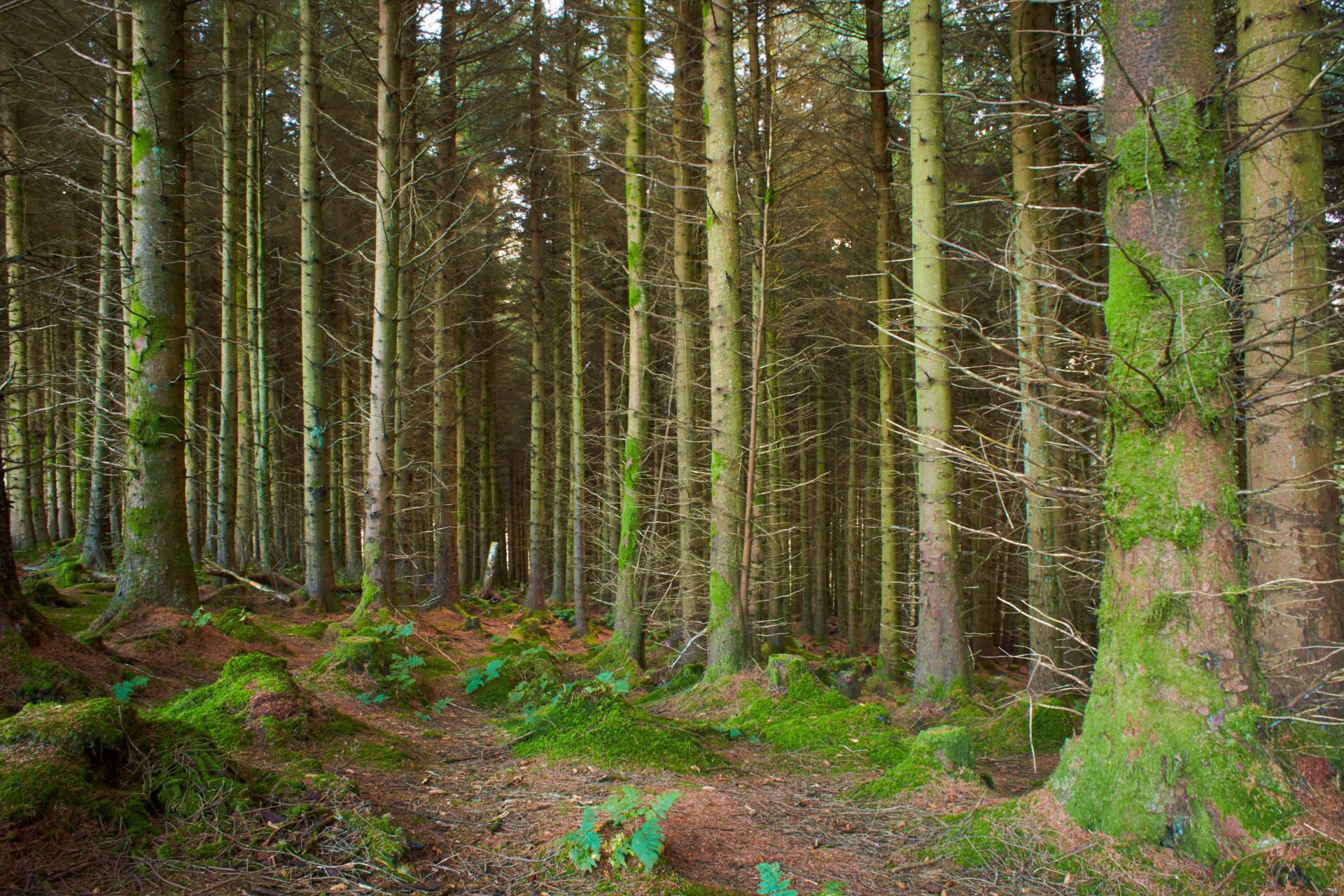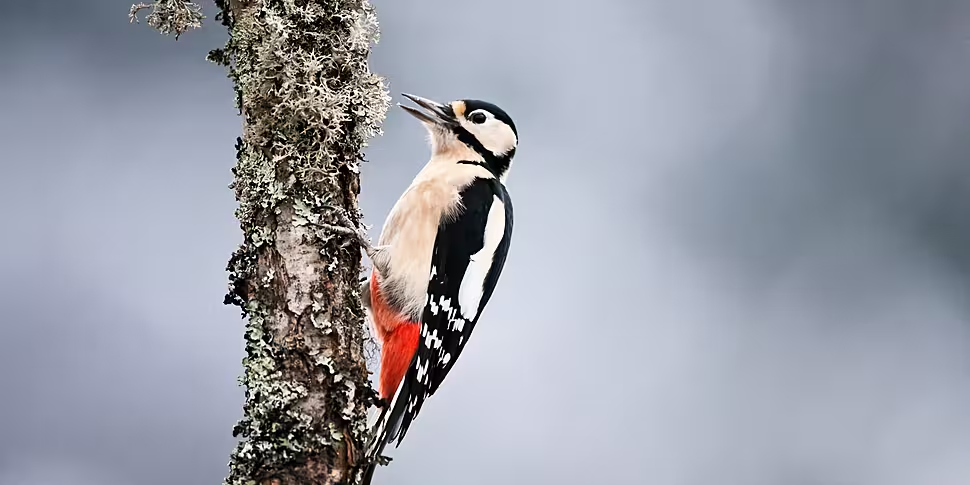Woodpeckers are damaging electricity pylons because Ireland has so little tree coverage.
Traditionally woodpeckers are not native to Ireland but migrated west from Britain in search of new territory.
“Around 2005, we saw a natural colonisation of a species called the Great Spotted Woodpecker - which is the most common species of woodpecker in Britain,” BirdWatch Ireland Head of Communications Niall Hatch told Moncrieff.
“It’s a medium-sized, black and white bird with a bit of red on its lower belly and the males have a patch of red on the back of their head as well.”
Generally, woodpeckers do not like flying over water but the population in Britain had grown to such an extent that a few decided to chance their luck across the Irish Sea.
“Some of them, they would be able to see the Wicklow Mountains in the distance - perhaps from Snowdonia, that kind of area,” Mr Hatch said.
“They were then able to fly across the Irish Sea and take up residence there in Wicklow.
“At the same time, a second population of the same species flew across from Scotland to County Down and started there.”
The population has spread slowly across Ireland and Mr Hatch firmly believes they are “here to stay now”.
However, life in Ireland has not been all plain sailing and nest space continues to be a problem.
“We have amongst the lowest level of tree coverage in all of Europe, it’s only 11%,” Mr Hatch said.
“The vast majority of that is non-native spruce plantation which isn’t great nesting area for woodpeckers.”
 A pine tree forest with moss and grass.
A pine tree forest with moss and grass.As a result, some have tried excavating electricity pylons to nest - damaging them in the process.
“They actually make a cavity in the trunk of a tree,” Mr Hatch said.
“They’ll drill into it, they’ll take out the material from inside and it’s quite a large cavity.
“That’s where they lay their eggs.”
You can listen back here:
Main image: Great spotted woodpecker. Picture by: Alamy.com









